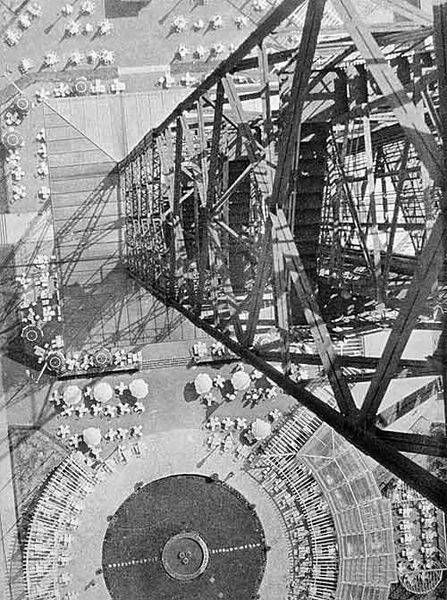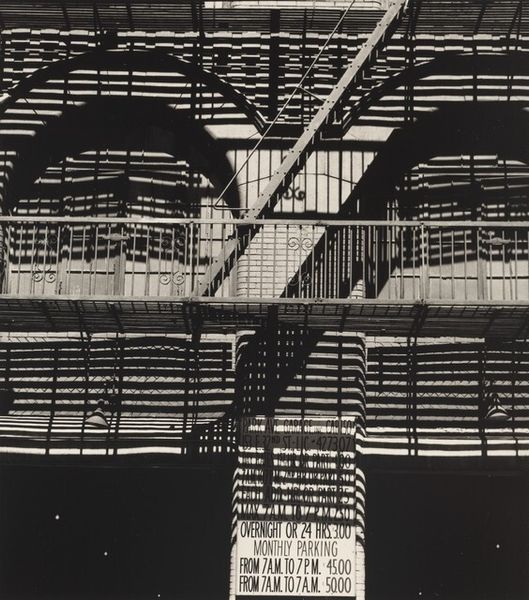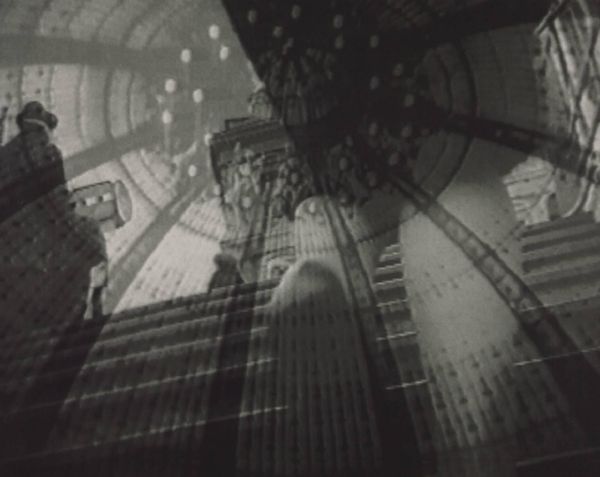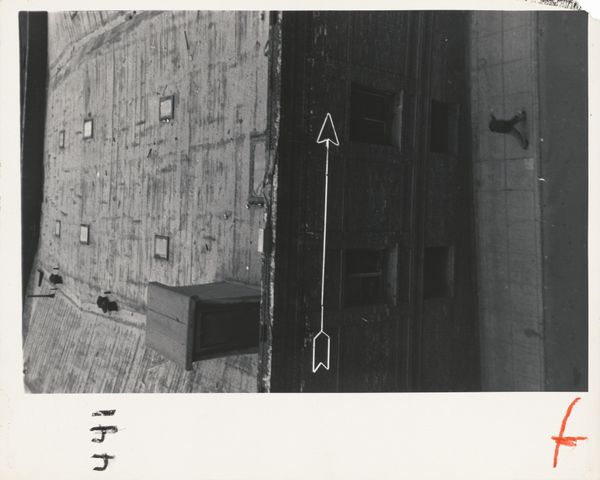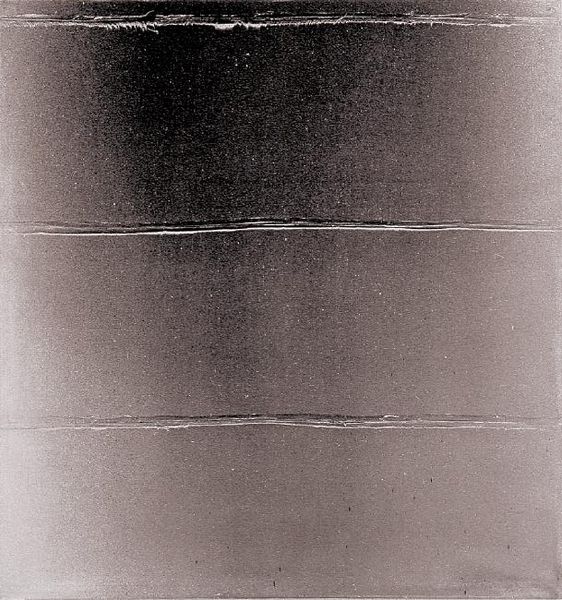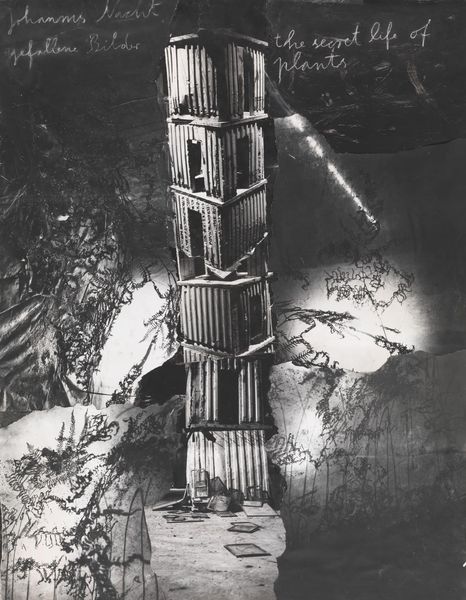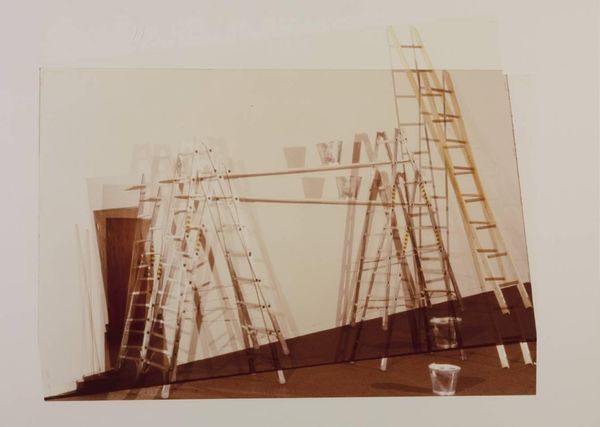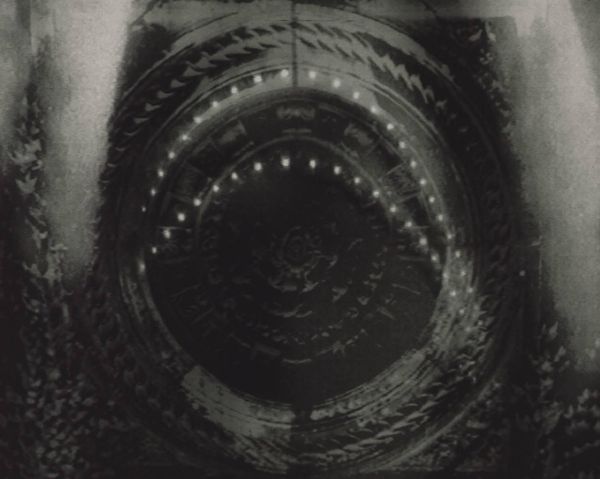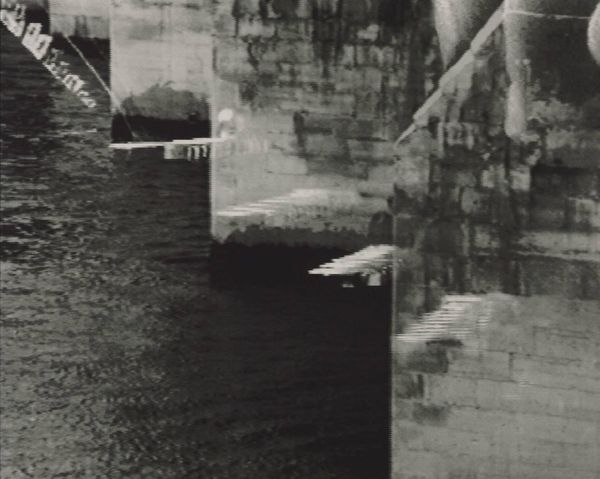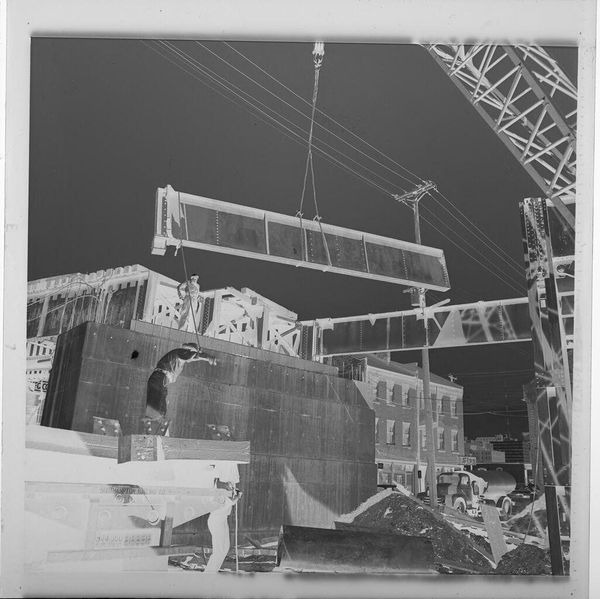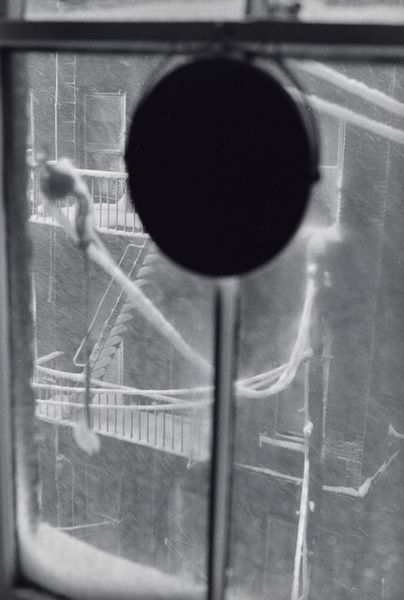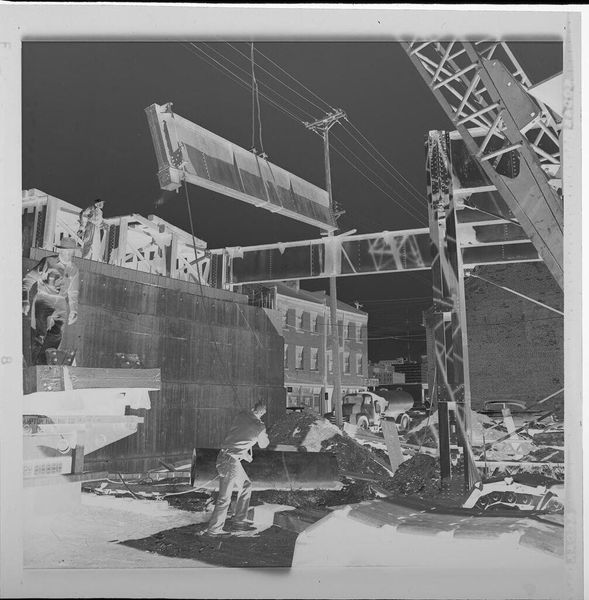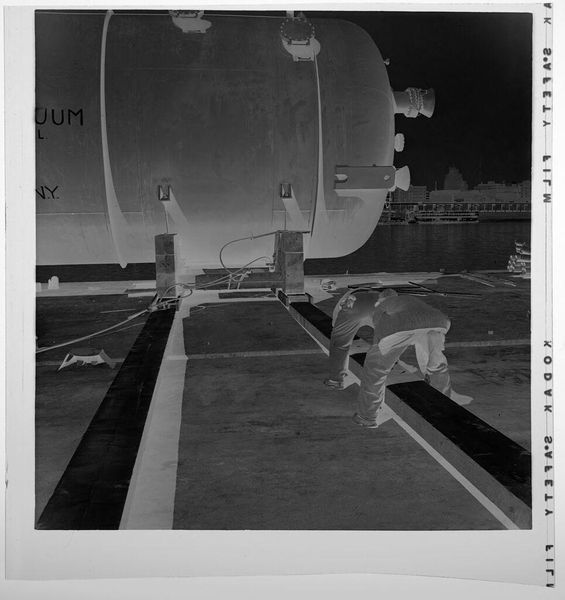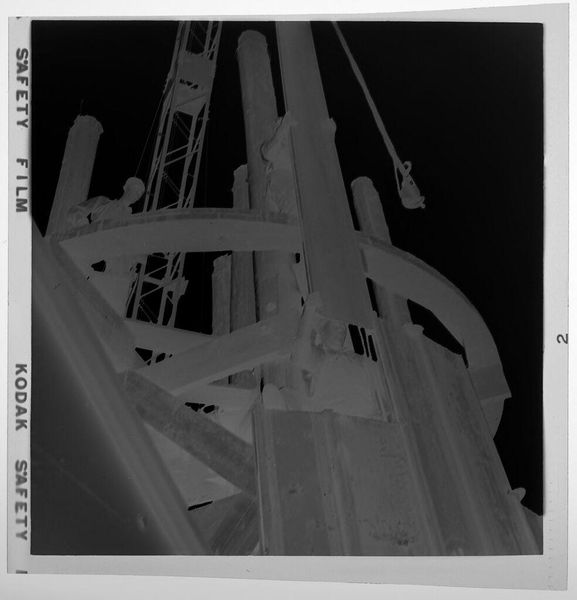
Dimensions: 200 x 70 cm
Copyright: Branko Bacanovic
Curator: This is "Water Power Plant in Suhi Dol," a 1986 poster created by Branko Bačanović, combining graphic art, collage, and photography. Editor: It strikes me immediately as something jarring – a lemon superimposed onto what appears to be an industrial landscape. There's a certain tension in that contrast of forms and associations. Curator: Precisely. Bačanović often played with unexpected juxtapositions like this, particularly when designing for theatrical productions. In socialist Yugoslavia, poster art became an important visual medium. The socio-political context granted graphic artists considerable freedom, allowing them to make bold commentary through visual design. This was especially true within the theater world. Editor: Looking at the high contrast between the dark grays and the acidic pop of lemon yellow, I notice a semiotic relationship here. The lemon almost demands a narrative reading. Its stylized shape and intense color are intentionally out of place; consider the formal relationships alone. Curator: The artist was likely making a subtle comment about the industrialization occurring within Yugoslavia during that era. Even though it seems like pure Pop Art, a lot of these compositions commented on daily life in ways that today's consumerist poster never does. Editor: Agreed. One sees something playful but tinged with an unspoken awareness. Its geometric construction makes one view all its constitutive components differently. Even the seemingly bland lettering across the upper registers feels part of a deliberate attempt to disrupt passive observation. Curator: You could say the image functions as a kind of visual metaphor. In those years, theater and performance frequently critiqued the changing urban and social landscape, often reflecting growing environmental concerns due to industrial projects. Editor: Whether understood at the time, it feels that "Water Power Plant in Suhi Dol" captures a specific socio-political anxiety with remarkable precision. I will also remember its successful manipulation of visual elements; each component relates intimately to the others in an evocative symbiosis. Curator: Indeed. The history of graphic art reveals so much about social change.
Comments
No comments
Be the first to comment and join the conversation on the ultimate creative platform.
